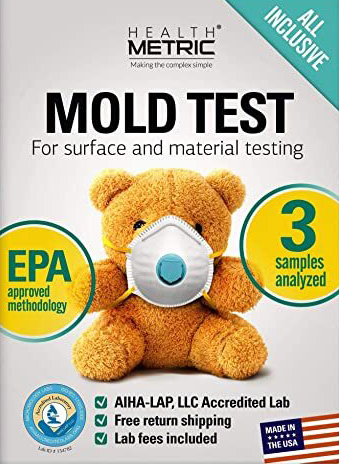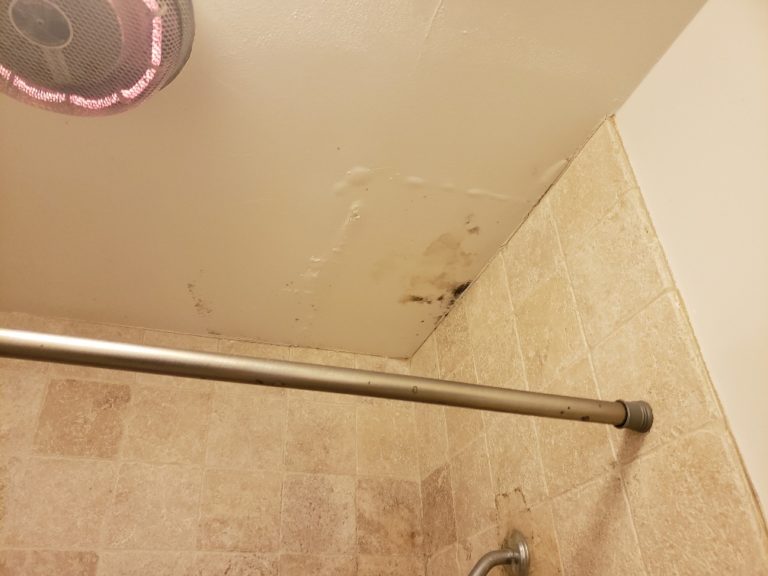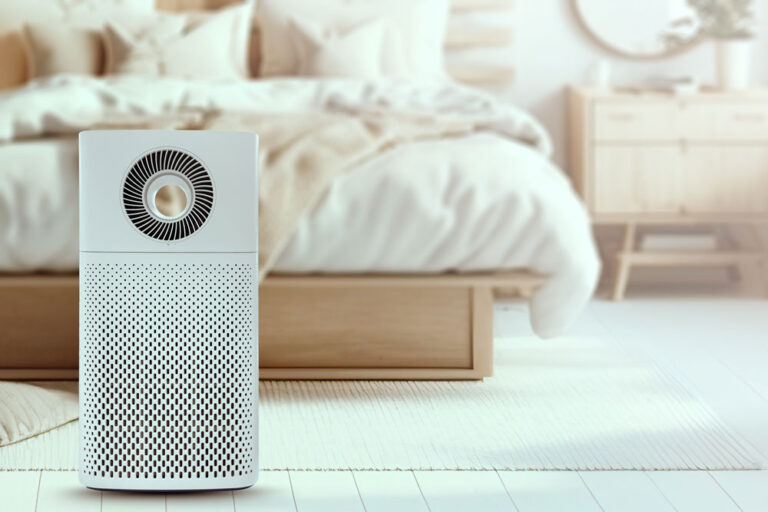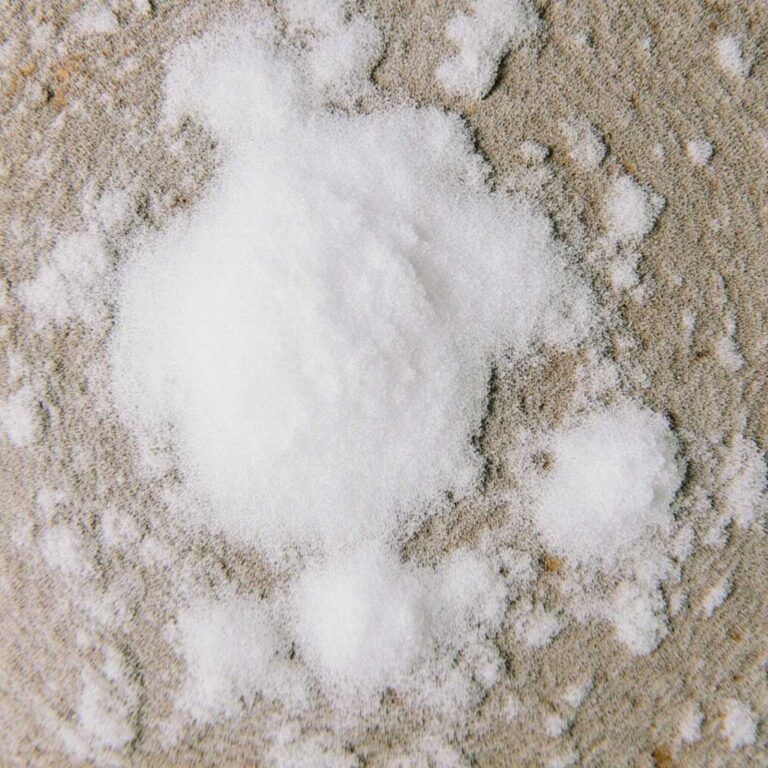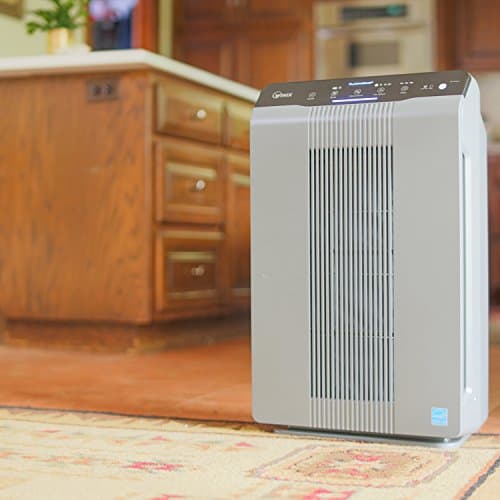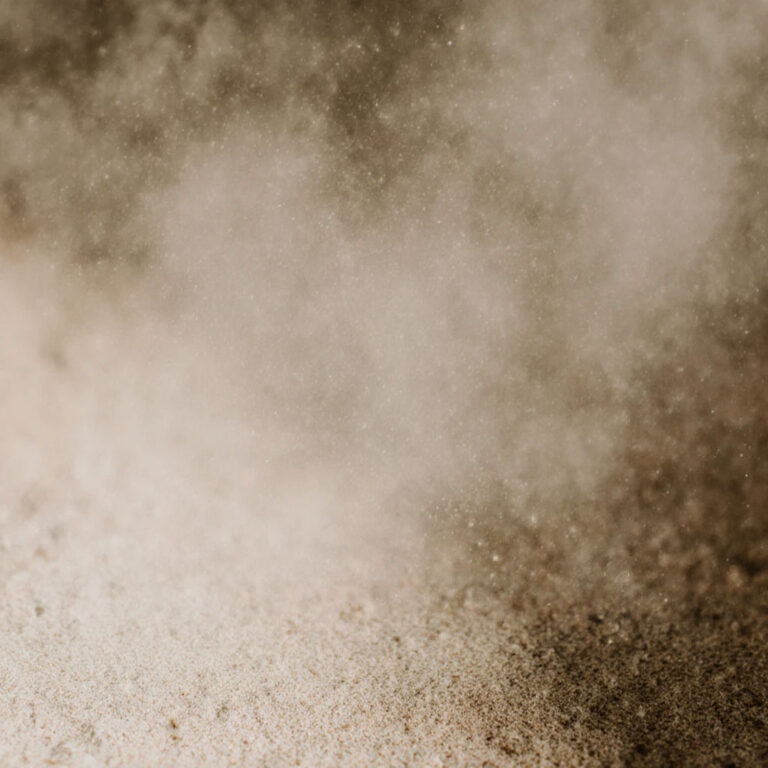You walk into your home and catch a whiff of something damp, earthy, and off. You’ve cleaned, opened windows, maybe even replaced an old carpet—yet the smell stubbornly clings to the air. Could it be mold?
Mold can hide in plain sight, growing silently behind walls, under flooring, or in poorly ventilated attics. Left undetected, it damages structures and triggers respiratory problems, headaches, and fatigue. That’s where mold testers come in.
Mold testers, also referred to as home mold test kits, can help identify indoor mold growth early. You don’t have to wait for visible signs or costly professional inspections.
But are these kits reliable? When should you use one? And how do you interpret the results?
In this post, we’ll explore how mold testers work and when they’re most useful. We also delve into what to take action if they reveal a problem in your home.
What Is a Home Mold Test Kit?
A home mold test kit is a DIY tool designed to help you detect the presence of mold in indoor environments. Most kits include petri dishes, testing swabs, and instructions for sample collection. Some even come with lab analysis options, allowing you to send your sample in for professional identification.
These kits are commonly used when homeowners notice musty odors, experience allergy symptoms, or see visible signs of mold growth. Instead of scheduling an inspection right away, a mold tester kit lets you start the investigation on your own terms.
There are different types of kits:
- Air sampling kits detect mold spores in the air.
- Surface swab kits allow you to collect samples from walls, tiles, and furniture.
- Bulk testing kits are used to test materials like drywall or insulation.
Not sure if you can use one properly? You don’t have to be an expert. Anyone can use this mold test kit with minimal guidance—it’s designed for everyday users, not just professionals.
When Should You Use a DIY Mold Tester?
DIY mold testers can be a smart first step when you suspect mold might be lurking in your home. While not a replacement for full-scale inspections, home test kits are helpful in specific situations where quick screening is needed.
Mold testers are a great option when you suspect mold presence in your home, but are not yet ready to commit to a full inspection. Common signs that suggest mold may be present include:
- A persistent musty or earthy odor that doesn’t go away
- Unexplained allergy-like symptoms such as sneezing, coughing, watery eyes, or skin irritation
- A history of leaks, floods, or past water damage, especially in attics, basements, or around windows
- Visible discoloration on walls, ceilings, or furniture
These warning signs may seem minor, but they can be the tip of the iceberg. Mold often hides behind walls or under flooring, making early detection vital. If you’re wondering what subtle red flags you might be missing, check out these genius hacks to detect mold before it spreads.
In short, if you suspect mold but don’t see obvious patches, a mold tester can provide valuable answers—and peace of mind.
Types of Mold Testing Kits and How They Work
Before choosing a mold tester, it’s important to understand the different types available. Each kit uses a different method to collect samples, depending on where and how you suspect mold may be present.
1. Air Sampling Kits
These kits collect air from your indoor environment to measure mold spores in the atmosphere. They often use a pump or gravity plate to trap particles, which are then analyzed in a lab. Air tests are ideal when there’s no visible mold but you notice musty smells or allergy symptoms.
2. Surface Sampling Kits
Surface test kits use adhesive strips or swabs to collect samples from visible mold patches or suspicious stains. These are helpful for testing areas like walls, tiles, or vents where mold growth is visible or suspected.
3. Bulk Sampling Kits
Bulk tests involve sending physical samples—like pieces of drywall, insulation, or carpet—to a lab. This method is more invasive but provides detailed information about the type and concentration of mold in materials.
Each type comes with instructions for collecting and sending samples to a lab for analysis. While all can detect mold, they vary in ease of use, accuracy, and cost.
To compare the top options available, see our review of the Top 3 DIY Home Mold Test Kits, where we break down what works best for different household needs.
Step-by-Step Guide: How to Use a Mold Test Kit at Home
Using a mold tester kit correctly is key to getting accurate results. Follow these steps to make sure you capture a reliable sample.
1. Choose the Right Spot
Start by identifying areas that show signs of mold—musty smells, dampness, or discoloration on walls or ceilings. Bathrooms, basements, kitchens, and HVAC vents are common testing sites.
2. Follow Kit Instructions Carefully
Each mold test kit includes specific directions. For air sampling, set the device in a central spot in the room. For surface sampling, swab the suspicious area gently without cross-contaminating. Avoid touching the sample pad with your fingers.
3. Label and Secure Samples
If your kit requires lab testing, make sure each sample is clearly labeled with the location and date. Seal them properly to avoid contamination during transit.
4. Send to Lab or Wait for Results
Some kits provide instant results at home, while others need to be mailed to a lab. Be patient and avoid cleaning or disturbing the area until results come back.
To learn more about preparing your home for mold testing and ensuring accurate results, check out our guide on how to test for mold in your home.
What to Do After Getting Results from Your Home Mold Test Kit
Once your mold tester kit results are in, the next step is knowing what they mean—and what to do about them.
1. Understanding the Findings
Home mold test kits usually indicate the type and concentration of mold spores present. While some mold types are relatively harmless, others—like black mold (Stachybotrys chartarum)—require immediate action. A high spore count is a strong indicator of active mold growth, even if it’s not yet visible.
2. Know When to Call in the Pros
If your results show toxic mold species, high spore levels, or if you’re experiencing health symptoms, it’s best to consult a certified mold inspector. DIY kits can confirm the presence of mold, but only a professional can assess the full extent of the problem and determine the source of moisture causing it.
3. Evaluate the Situation
- Low levels of common molds? Regular cleaning and improved ventilation may be enough.
- Moderate levels in multiple areas? Consider a broader home inspection.
- Toxic mold or large colonies? Don’t wait—schedule a professional remediation service.
Limitations of DIY Mold Testing Kits
While mold testers can be a useful first step in identifying a possible problem, they aren’t a one-size-fits-all solution. Understanding their limitations helps you make better decisions about your indoor air quality.
1. Results Can Be Inconsistent
DIY kits are highly sensitive to how and where they’re used. Placing a test too close to ventilation or using it in a dusty environment can skew results—leading to either false positives or false negatives.
2. They Only Scratch the Surface
These kits generally sample air or surface spores from a small area. They don’t account for mold that’s hiding in walls, insulation, or crawlspaces. If your home has a history of water damage, a kit might not go far enough.
3. No Health Risk Assessment
Even when a DIY kit detects mold, it won’t tell you whether the mold is toxic or how it might affect your health. For families with young children, elderly members, or those with respiratory issues, this uncertainty can be risky.
4. Knowing When to Go Pro
If the kit results are unclear—or you’re already noticing symptoms—it may be time to skip the kit altogether. Learn more about when to bring in professionals in our post: Do You Need a Professional Mold Test? When to Skip the Kit and Call the Experts.
Think You Smell Trouble? Trust Your Instincts—and a Mold Test Kit
Mold might be invisible, but its impact on your home and health can be massive. Whether you’re chasing down a musty smell or checking after a plumbing leak, mold testers give you a practical starting point. They’re affordable, easy to use, and can alert you to a problem before it gets worse.
That said, they’re not perfect. Knowing when to escalate to a professional inspection is just as important as testing in the first place. By combining your instincts, the right tools, and credible information, you’re already one step closer to a safer indoor space.
FAQs About Mold Testers
1. Are DIY mold testers accurate?
DIY mold testers can detect mold spores, but accuracy depends on proper use and the type of kit. While they’re helpful for initial screening, they can miss hidden mold or give misleading results if used incorrectly.
2. How long does it take to get results from a mold test kit?
Most kits require 24 to 48 hours to collect samples, and lab results usually return in 5 to 7 days. Some kits include instant indicators, but lab analysis offers more detailed and reliable findings.
3. Can I rely on a mold test kit for health-related decisions?
No—mold kits don’t assess toxicity or health risks. If you’re experiencing symptoms like coughing, sneezing, or skin irritation, consult a healthcare provider and consider getting a professional mold inspection to rule out serious exposure.


